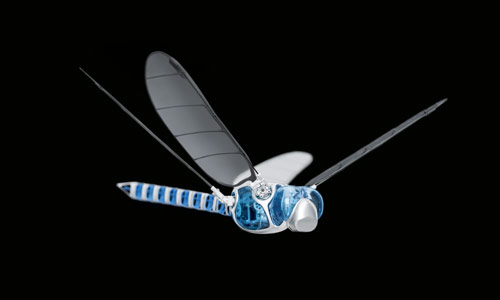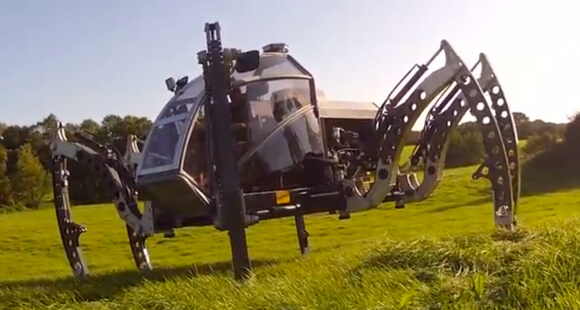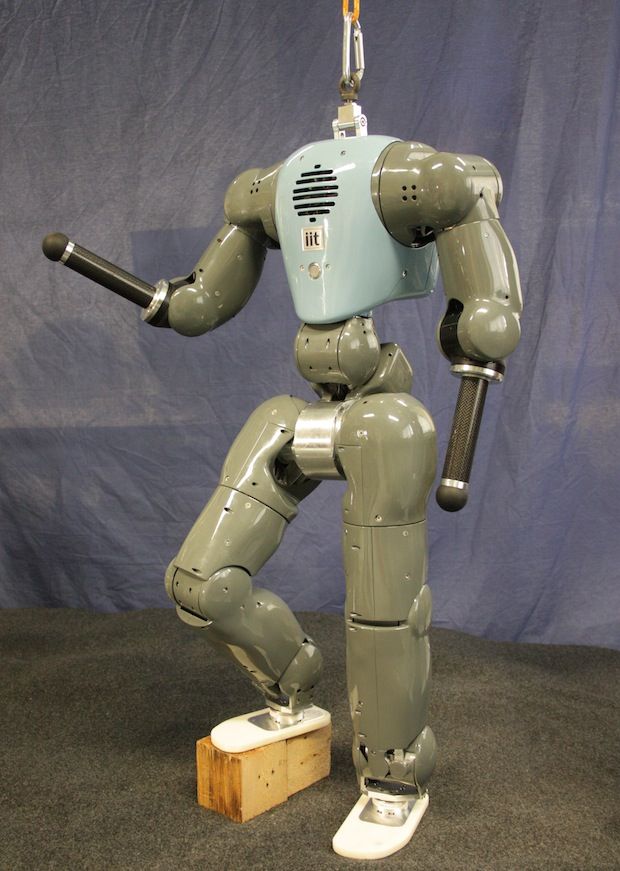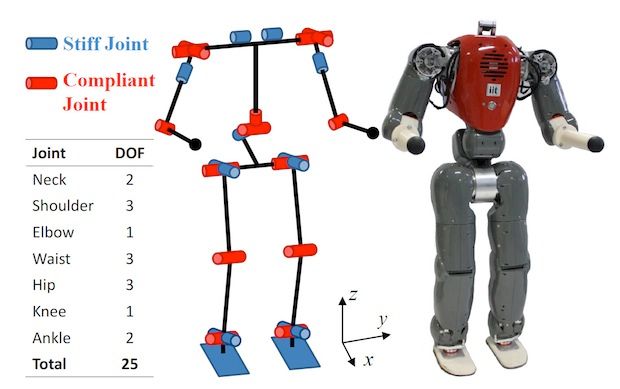How do robots without hands, flying in mid air, catch an inverted pendulum (a thin pole) with such precision, and throw it back and forth? With that blunt opening statement, this is Pole-Vaulting Quadrocopters!
So what is this thing? Well, it’s a Masters thesis made by Dario Brescianini, a student at ETH Zurich’s Institute for Dynamic Systems and Control. This phenomenal student created an algorithm for this quadrocopter, with a mere circular plate, to be able to toss an inverted pendulum back and forth.
I won’t go into too much depth about the specific processes involved in design. Basically, first Dario made a 2D mathematical model of the pendulum motion and determined the ideal trajectory, with components of position, speed, and angles. Next, he determined how well the mathematical theoretical model fit with realistic motion, mainly involving physical tests and throwing the pendulum by hand. Finally, they created the designs for materials to compensate for any error, such as creating a plate for catching the pendulum and equipping the pendulum with a shock absorber (a small balloon filled with flour).
But without all the design aspects, isn’t the precision and mathematical modeling of the pole-vaulting cool enough?

























































